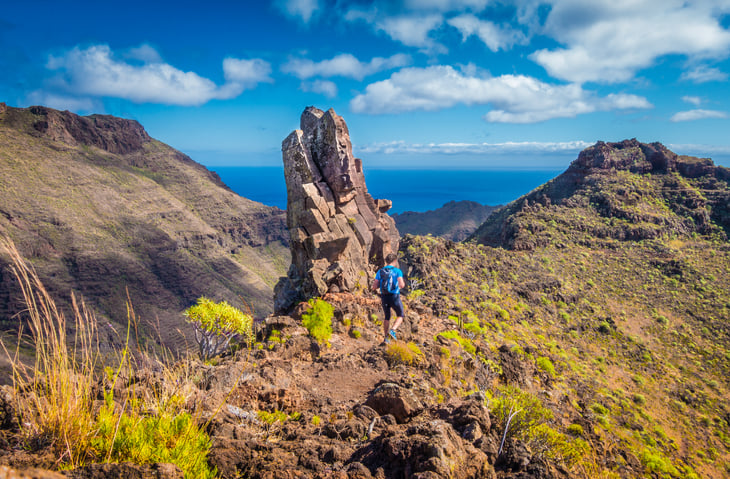
The Canary Islands are one of those places that everyone has heard of, but few people seem to know much about. Did you know that Tenerife, Gran Canaria and Lanzarote are all a part of the Canary Islands, for example? Three real heavyweights of the all-inclusive, fly, flop and fry holiday break experience. But, there’s also a whole lot more to this stunning location than the all-inclusive Canary Islands sun loungers. The idea that the islands are for the newly wed or nearly dead is just naive. There’s also a whole host of adventures waiting in the Canaries.

The purpose of this article is to enlighten you to just a few of those adventures. The Canaries are more than just the Playa del Inglés and the major islands. Go beyond and you can discover Timanfaya national park, Mount Teide, the scuba diving, the black sand beaches and so much more.
We’re going to run through some of the basics about the Canary Islands, then highlight some of the best adventure spots on the archipelago. So, if you are planning to make your way down to the Canary Islands, on the shorelines of the African plate, this should be a pretty handy guide to read before you go.
Hold up. Where are the Canary Islands?
You probably thought the Canary Islands belonged to Spain right? Well, that’s correct. But that doesn’t mean that the islands themselves are in, near or next to Spain. The Canary Islands are actually much further south. They’re the most southern autonomous community of Spain, down in the warmth of the Atlantic Ocean, and belong to the African Plate rather than the European.
The Canaries are actually a lot closer to Morocco and the Western Sahara than they are to Spain. They’re among the outermost regions of the European Union and, at their closest point to land, the Canary Islands are 100km from the coast of Morocco.
Sounds far away. How do I get to the Canary Islands?
It’s certainly further away than most other places in Spain, that’s for sure (though we suppose it depends where you are in the world!). But given the popularity of Tenerife (the largest island), Lanzarote, Gran Canaria, La Palma and Fuerteventura, the islands are incredibly well served with flights. Various well known airlines fly into all of the above. Then from there, you can get out to all the more remote, exciting parts of the Canaries easily. We’ll get onto those.
So are the Canary Islands named after the bird then? And how many Canary Islands are there?
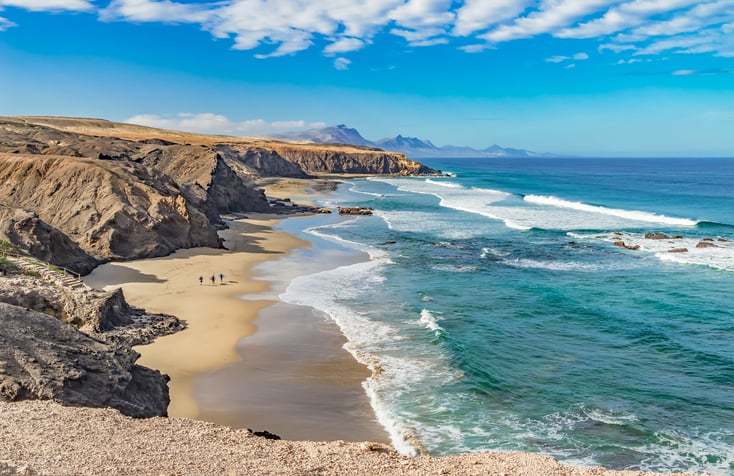
Eight main islands make up the Canary Islands. They are, in order of size: Tenerife, Fuerteventura, Gran Canaria, Lanzarote, La Palma, La Gomera, El Hierro and the smallest, La Graciosa.
There are also a bunch of smaller islands, which makes for great exploring, whether in a sailing boat, an optimistic pedalo or any other form of sea vessel. The population of the Canaries is 2,127,685 and the majority of that is based on the two capitals of Gran Canaria and Tenerife.

As for the canaries… actually, the Canary Islands are not named after canaries. The name comes from the latin ‘Canariae Insulae’, which translates as “Islands of the Dogs”. This name was originally given to Gran Canaria the Mauretanian king Juba II because the place was filled with dogs. The connection with the bird, the canary, isn’t a coincidence though. The bird is actually named after the Canary Islands. So to answer the original question, yes! There are canaries on the Canary Islands.
Perfect. Now how about you suggest five or six adventures we should do in the Canary Islands?
Wow. You’re very demanding. But sure, we’ve got you covered. Here are just five suggestions as to what to get up to on the islands. Adventure holidays on the Canary Isles are growing in popularity for very good reason. There's no end to the Canary Islands hiking routes, diving opportunities, or outdoor experiences you can have. Here are some of the best things to do in the Canary Islands:
1. Visit the juniper forests on the UNESCO Biosphere island of El Hierro
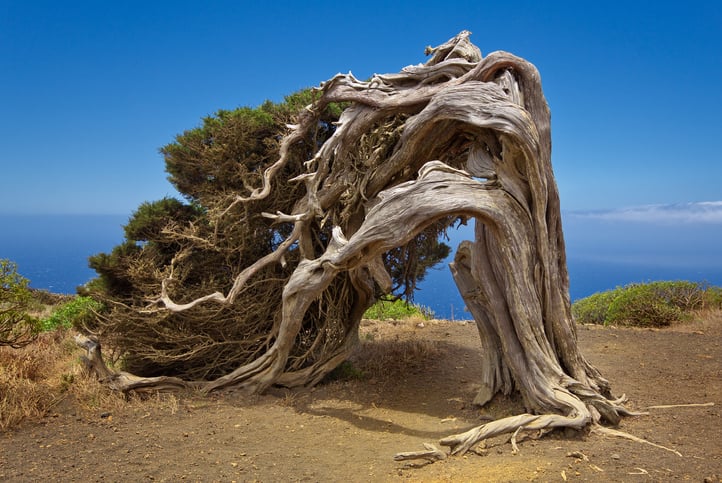
El Hierro is one of the more remote Canary Islands – to the point that people actually considered El Hierro to be the End of the World until 1492, when someone or other decided to do a bit more research.
What this means is that fewer tourists visit El Hierro and so hiking in the region – which is just as beautiful as any of the Canaries – is even more engaging and immersive. We’d recommend checking out the beautiful juniper forests of Sabina. The trees in the forest have been shaped by winds from the nearby ocean over generations, giving them a distinctive, quite remarkable look. Check out that tree just above, for example. What’s going on there? Looks sort of possessed doesn’t it? Anyway, imagine a forest of that. Cracking photo ops.
Afterwards head to the Acantilado volcanic cave and look out on what was once known as the the edge of planet Earth.
2. Hike Mount Teide on Tenerife
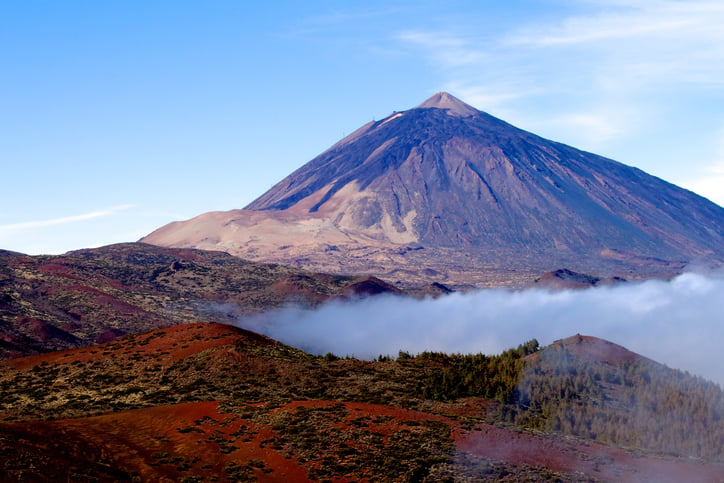
Back on Tenerife there’s a whole lot of adventure opportunities too. The height of El Tiede, reaching 3,718m, means Tenerife is actually the tenth highest island in the world. The volcano was first ascended in 1582 and is still active. The most recent eruption was in 1909.
You actually need a permit to climb to the very summit of Mount Teide, or 'El Teider'. Along the way the terrain you’ll pass is a bit like walking on a martian planet. It’s often likened to having a hike along the surface of the moon. If you’ve got a permit, you can head right to the top. But even if you don’t, you can still climb to the top if you spend the night before in the Altavista Refuge. This is a very popular mountain refuge though, and it only sleeps 57 people, so make sure that you book well in advance.
Alternatively, get the cable car to the upper station of Teide at 3,555 metres, take your photos and tell your mates on Instagram you climbed it. We’re sure plenty of others have!
3. Windsurfing in Fuerteventura
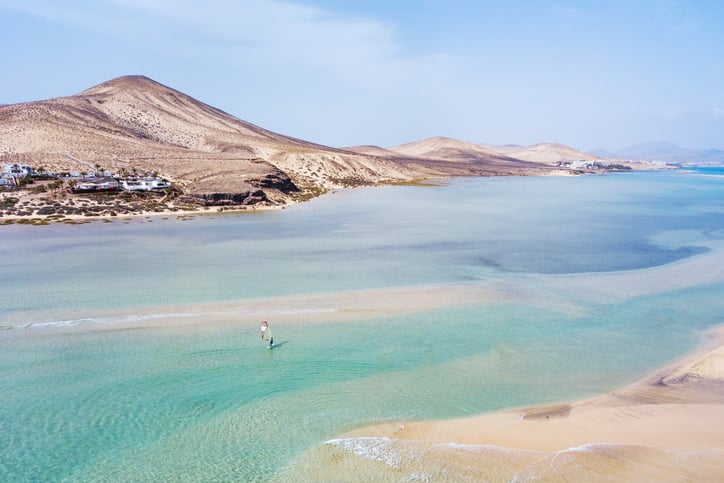
Now to hop to yet another of the Canary Islands, Fuerteventura. This is the second largest Canary Island and is a famous holiday spot. However, more interestingly (to us, at least), it’s also known as one of the windsurfing capitals of the world.
If you’re keen to learn how to windsurf, head to the north of the island and to the resort town of Corralejo. Nearby you’ll find spots like El Cotillo and Rocky Point, which are great for all sorts of windsurfing. In the south, meanwhile, you’ll find Sotavento – a spot which is seen as one of the most reliable for good conditions. This is more suitable for experienced windsurfers.
Fuerteventura is a great spot if you want to get some windsurfing credentials, but it is also a pretty touristy island, so we’d recommend combining it with some of the other hikes in this list, on other Canary Islands, to get the most from your time in the Canary Islands.
4. Visit the Sacred Tree of El Hierro
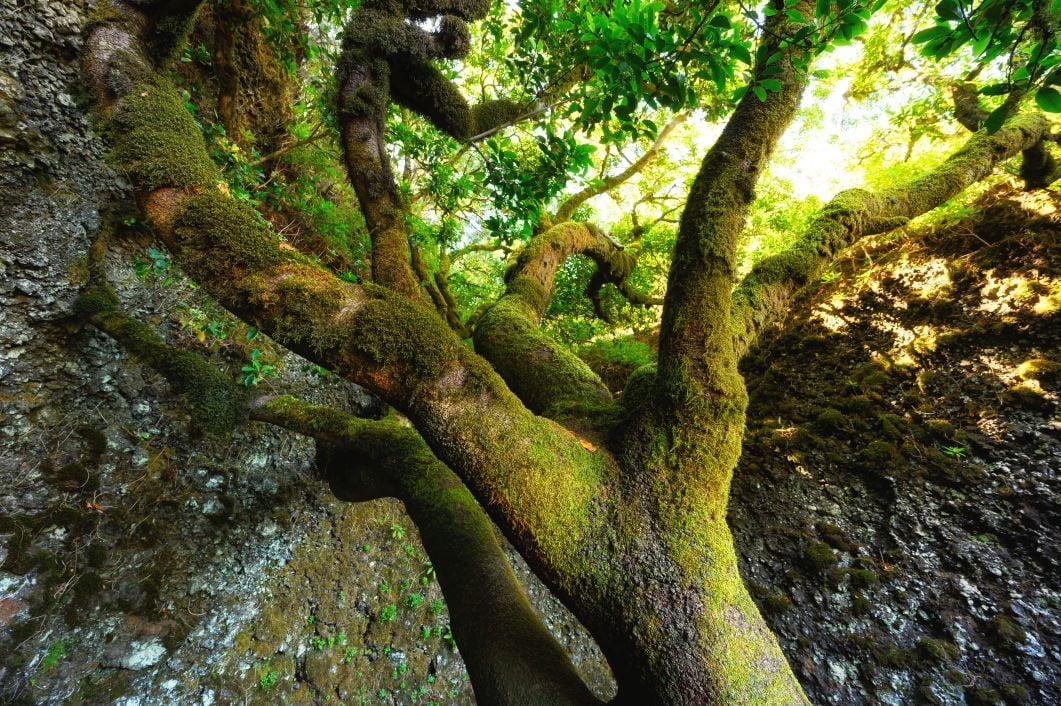
The Garoé Holy Tree was once the sole source of water for the indigenous Bimbache people who lived on El Hierro. Found in the town of San Andrés (no relation to the film or the video game) in El Hierro, it’s a real symbol of island identity. Visiting presents a great opportunity to understand the deeper culture of the Canary Islands in a way that passes most tourists by.
The leaves of the Garoé Holy Tree used to collect water, which would then quench the thirst of the entire island of El Hierro. In the 17th century, it was blown down by a hurricane and wasn’t replaced until 1949. The history and archaeology around the tree is absolutely fascinating. So beloved is the tree that the locals created a 16 kilometre walk to the tree that centres around the history of the tree and of water on the island.
5. Dive in the Mar de las Calmas Marine Reserve
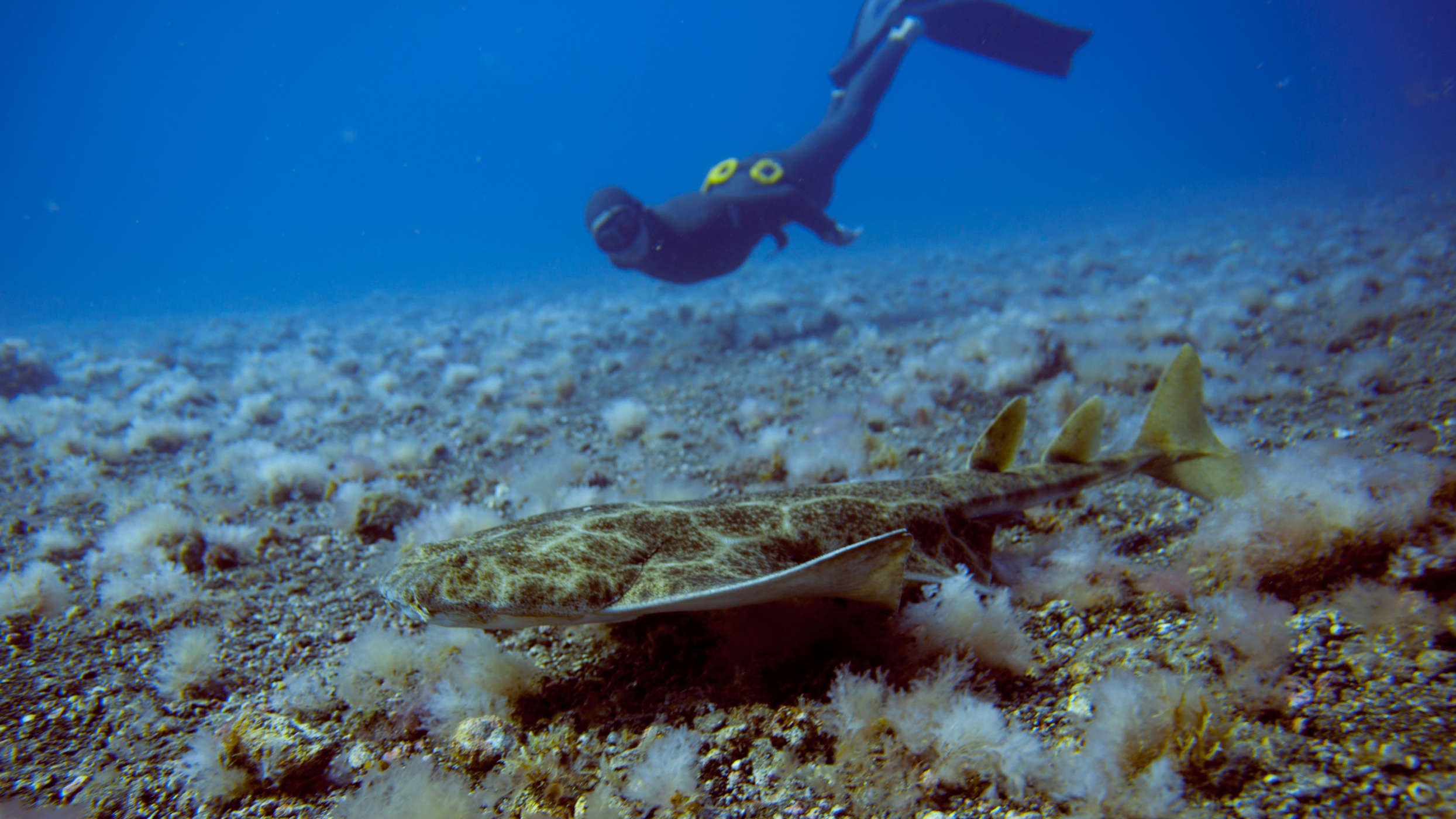
Okay, so we’re back on El Hierro again. Look. It’s our favourite of the Canary Islands. That’s no secret. It’s small, there are fewer tourists and it’s super adventurous.
We recommend diving in the Mar de las Calmas Marine Reserve. The reserve is a unique volcanic landscape that’s home to octopus, manta rays, whale sharks, dolphins and turtles. It also happens to be regarded as one of the best freediving spots in the world. Sounds good, right?
If you’re into freediving, or want to be, this is the perfect place to go to learn. Go for the week. Connect with nature. Freedive in the sun and leave with your AIDA1 and AIDA2 certificates.
6. Visit Timanfaya National Park in Lanzarote
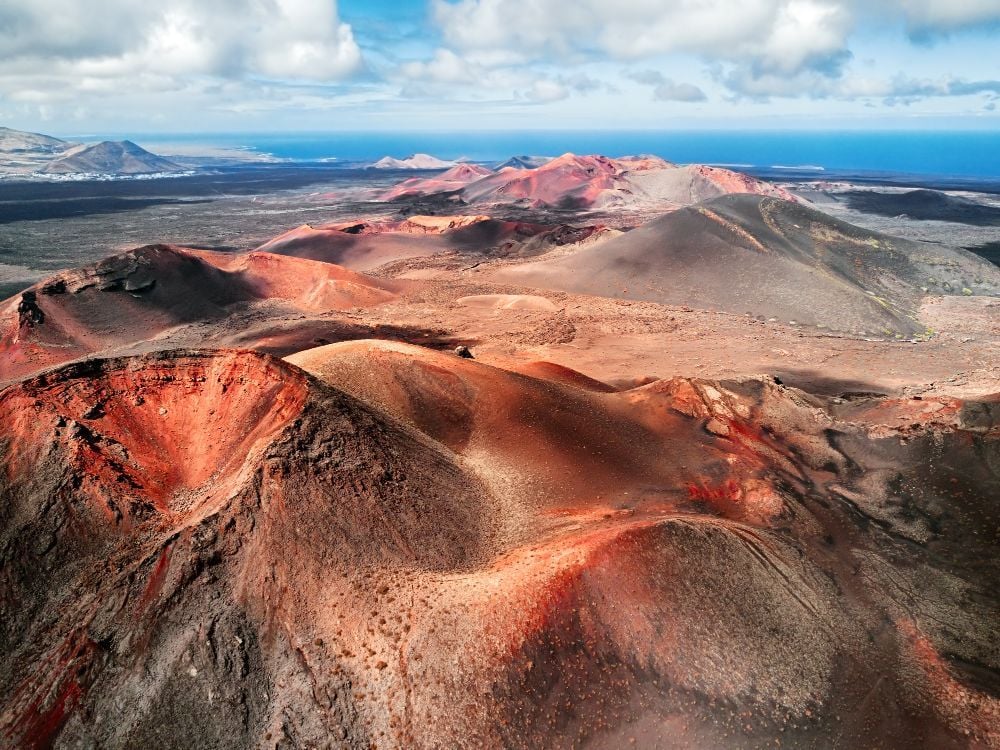
The Timanfaya National Park is a place that will make you feel like you've been transported out of the Canary Islands and landed on Mars. The rolling, rugged terrain looks truly otherworldly.
This is the only national park in the Spanish network which is of an eminently geological nature, and is the result of volcanic reuptions between 1720-1736, and then again in 1824. Drive through the Montañas del Fuego, the Mountains of Fire, and immerse yourself in the volcanic rock. Tour the Rua de los Volcanoes, the Volcano Route, by bus or better yet - get yourself on a camel ride from the Echadero de Camellos through the National Park.
There are a couple of main hiking routes in the Timanfaya National Park too - the Tremensana Route, and the Coastal Route. The Tremensana Route is a guided 2km walk from the Visitor Centre, while the Coastal Route can be done self-sufficient without a guide.
I’m sold. What’s the best time of year to go to the Canary Islands?
High season in the Canary Islands is from Dec-April and from July-August. So nearly all year. The reason for that is that the unique placement of the Canary Islands means that it’s warm pretty much year round. There’s a very consistent climate. The temperature in August, the hottest month, spans from 21-28 degrees for example, while the coldest months, from December-March, still range from 15-21 degrees. So… go whenever it works for you, really!
Check out our full range of adventure holidays in Spain, featuring the Canary Islands and more.

